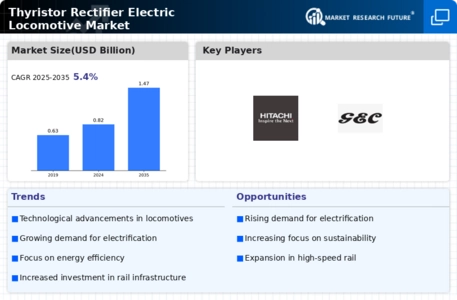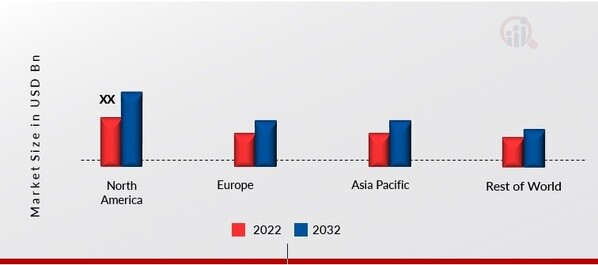Market Analysis
In-depth Analysis of Thyristor Rectifier Electric Locomotive Market Industry Landscape
The Thyristor Rectifier Electric Locomotive Market is characterized by dynamic and multifaceted market dynamics that significantly influence its growth and development. One of the primary dynamics shaping the market is the increasing focus on environmental sustainability. As concerns about climate change and air quality intensify, there is a growing preference for electric locomotives powered by thyristor rectifiers over traditional diesel locomotives. This shift is driven by the lower emissions associated with electric traction, aligning with global efforts to reduce the carbon footprint of transportation.
Technological advancements also play a pivotal role in the market dynamics of thyristor rectifier electric locomotives. Ongoing research and development efforts are leading to innovations in thyristor rectifier technology, resulting in more efficient and reliable electric locomotives. Manufacturers are continually exploring ways to enhance the performance of thyristor rectifiers, improve energy efficiency, and reduce maintenance costs. These technological developments not only contribute to the market's overall growth but also influence the competitive landscape as companies strive to differentiate their offerings with cutting-edge solutions.
Government regulations and policies constitute another significant market dynamic. As governments worldwide implement stringent emissions standards and promote sustainable transportation solutions, the demand for thyristor rectifier electric locomotives is on the rise. Subsidies and incentives for electrification projects further stimulate market growth. Manufacturers must navigate and comply with these regulatory frameworks, adapting their products to meet evolving standards while capitalizing on the opportunities presented by supportive government policies.
The overall economic landscape and infrastructure development also contribute to the market dynamics. Investments in railway infrastructure, both in established and emerging economies, drive the demand for electric locomotives. The expansion of rail networks and the need for energy-efficient transportation solutions create a conducive environment for the growth of the thyristor rectifier electric locomotive market. Economic factors such as fuel prices and operational costs influence the purchasing decisions of railway operators, impacting the adoption of electric traction solutions.
Market dynamics are also shaped by the competitive forces within the industry. As major players vie for market share, there is a continuous push for innovation and differentiation. Companies engage in research and development activities to stay ahead of competitors, introducing features that enhance the appeal of their thyristor rectifier electric locomotives. Price competition and strategic collaborations are common as manufacturers seek to position themselves favorably in the competitive landscape.
Global market trends, influenced by geopolitical events, economic shifts, and trade policies, contribute to the ever-changing dynamics of the Thyristor Rectifier Electric Locomotive Market. Currency fluctuations and trade tensions can impact manufacturing costs, supply chains, and market demand, requiring companies to adopt agile strategies to mitigate risks and seize opportunities in different regions.
Consumer preferences and societal trends also influence market dynamics. As passengers and freight customers prioritize sustainable and eco-friendly transportation options, the demand for electric locomotives with thyristor rectifiers continues to rise. Manufacturers must align their product offerings with evolving customer expectations, incorporating features that address not only performance and efficiency but also environmental concerns.





Leave a Comment